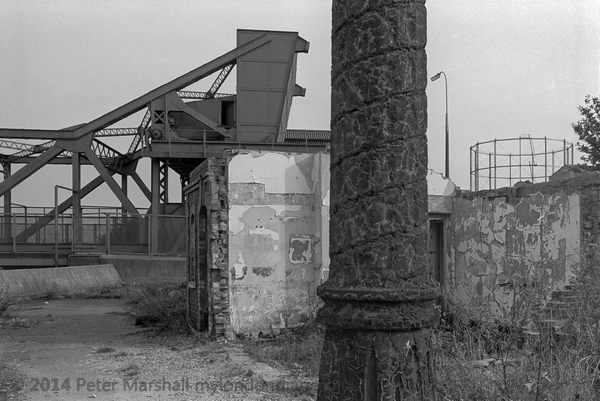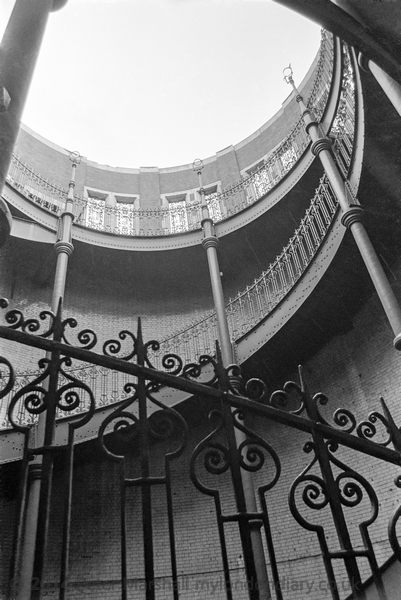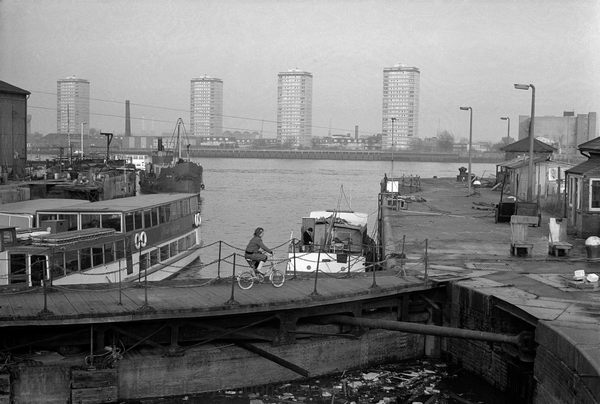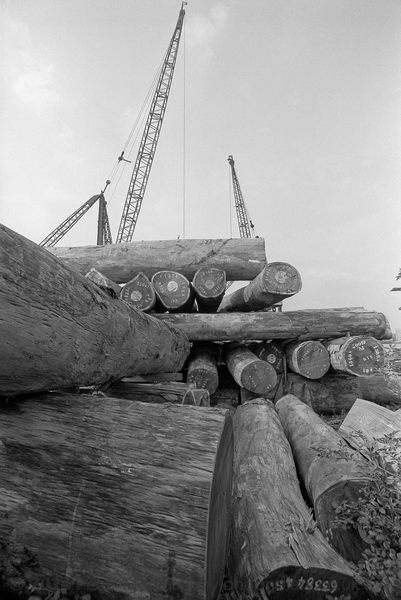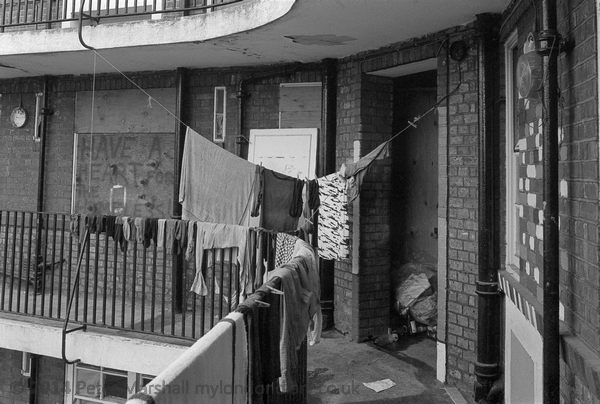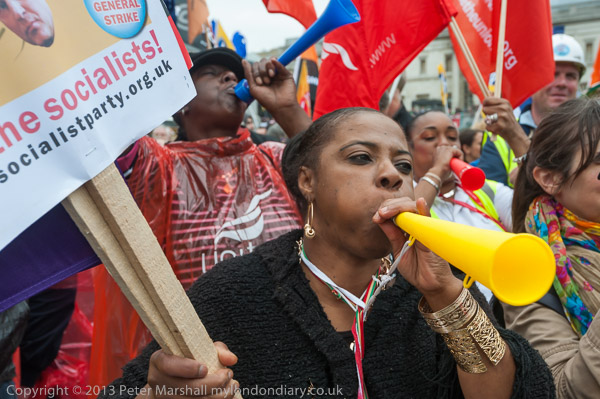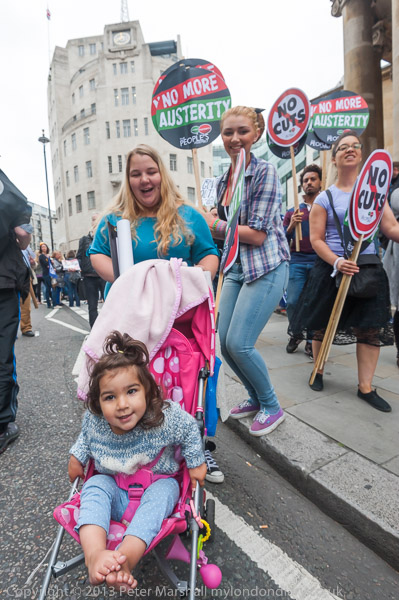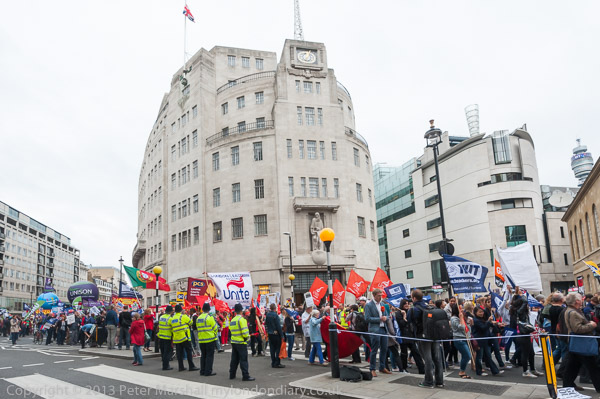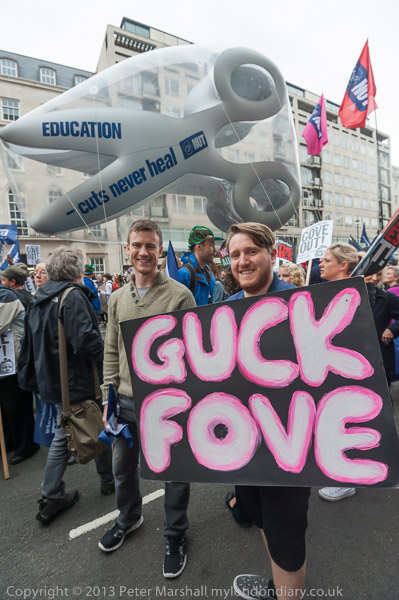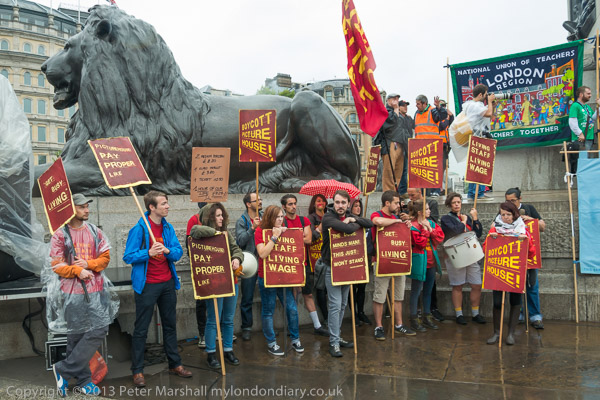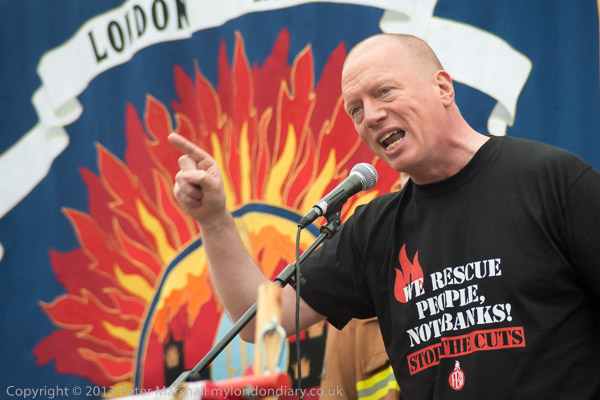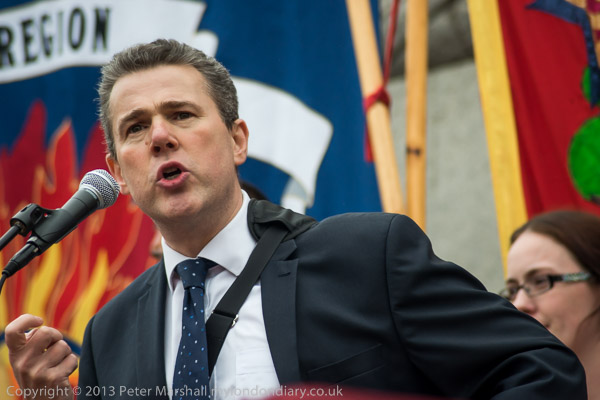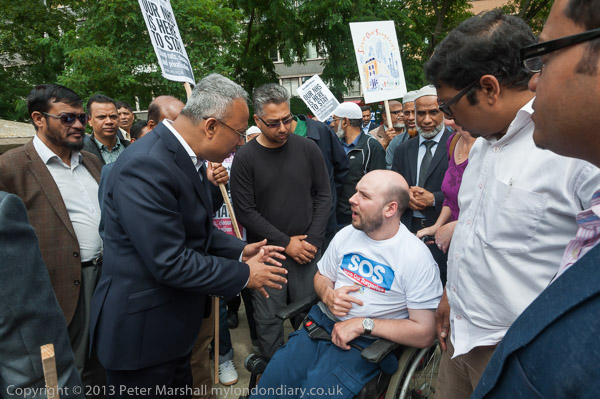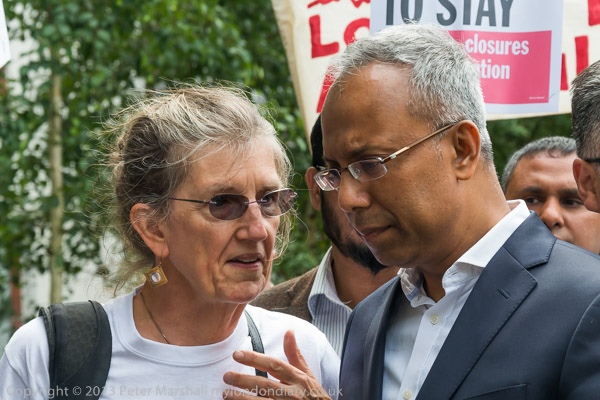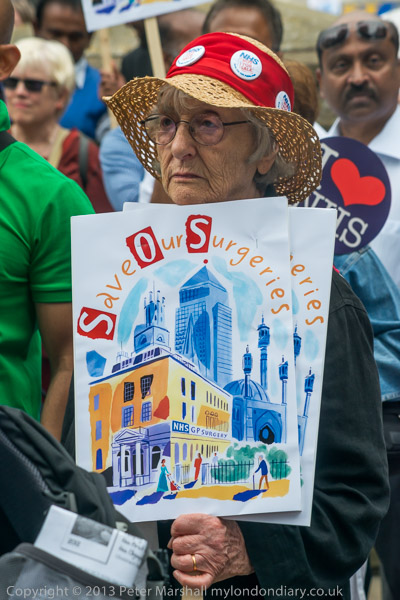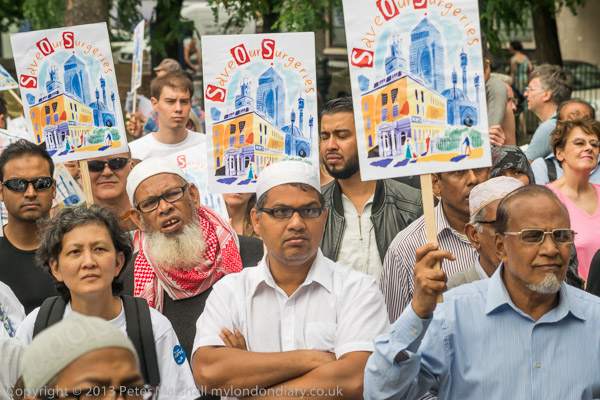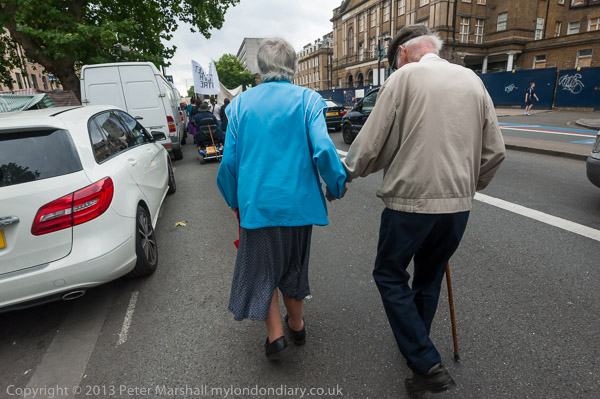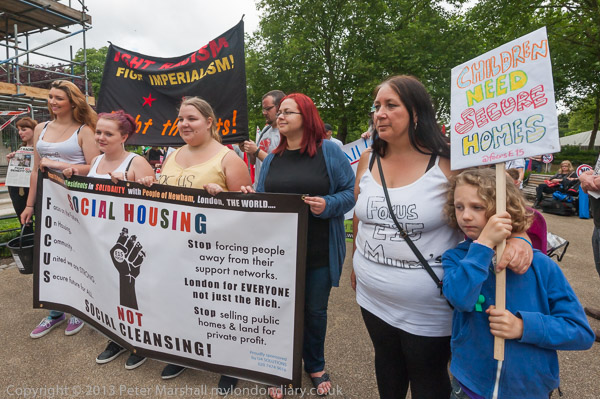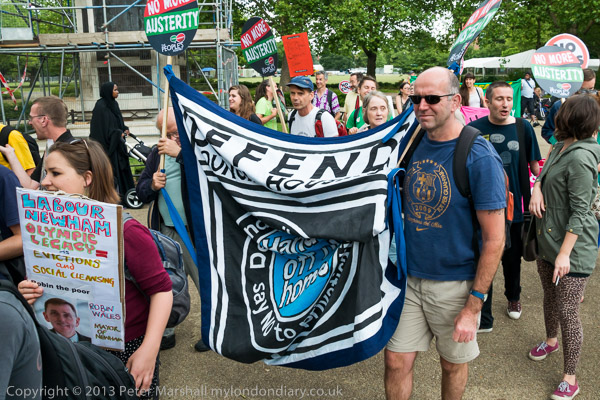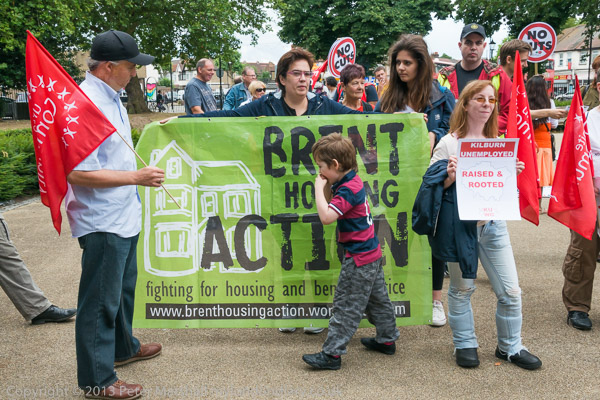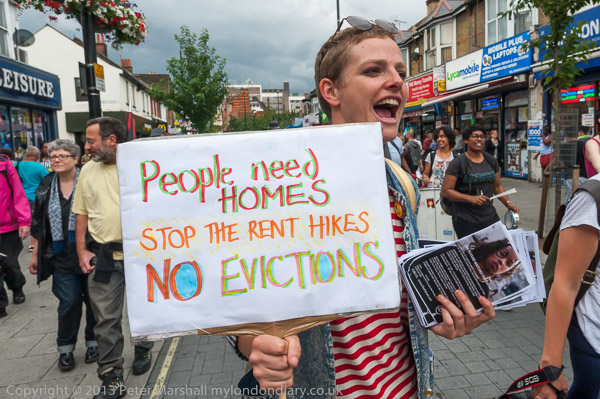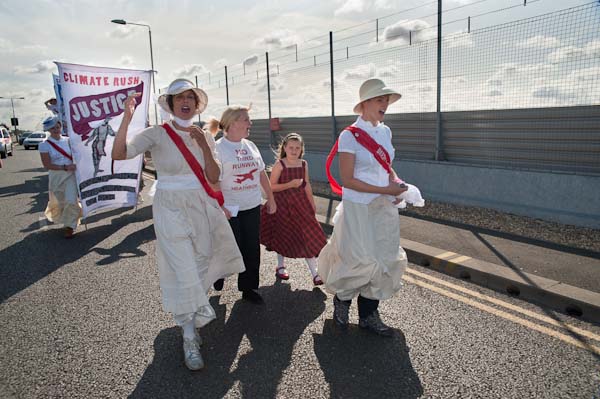Tuesday night I was at the opening of WE ARE THE LANDSCAPE at The Russet in Hackney, and it seemed to be well-appreciated by those present. The Russet describes itself as a ‘restaurant, cafe and creative space‘ which ‘ is part of the Hackney Downs Studios family: a centre for creativity and collaboration in East London.’
Certainly the cakes on sale there looked delicious (but probably quite unsuitable for diabetics). The site was converted from an old print works, and the venue still has something of the feeling of an old industrial interior, though with some comfortable seating rather like a loft apartment furnished from the better stuff people’s parents were throwing out. If you are into local, fresh, seasonal, artisanal and artistic this is a place for you. Here are the details:
THE RUSSET 07733444421 17 Amhurst Terrace, E8 2BT
10 Sep – 05 Nov Mon-Sun 9am-10pm
Paul Walsh – Kajsa Johansson – Dominik Gigler – Arnau Oriol – Susan Andrews – David Boulogne – Alessandra Chilà – Chris Dorley-Brown – Peter Marshall – Mike Seaborne – David George
The show is a part of
photomonth – The East London photography festival
For obvious reasons being one of those involved I’m not going to write a review of the show, which was curated by David Boulogne and Tendai Thomas Davies. But I was pleased to read this, posted by David on the show’s Facebook page this morning:
First review “Well curated and executed exhibition. The work on itself is a proof of a clear vision, commitment and passion. The result , a compelling piece of art-filled with cultural, socio-economic and historical weight – 10/10“
You can also read some short texts about the eleven photographers who have work in the show on the 2012pics blog. I’d not met Tendai who organises the gallery space at The Russet before, but I find we share a taste in music, and I’m listening to some Archie Shepp he linked to as I write.
But what I can do is to post the five pictures of mine in this show here. They are already on-line along with many others on my London Photos site, which is now two books out of date, and they come from London Dérives, a series of almost two hundred images on-line and are among the 73 pictures from this included in the book/PDF available from Blurb.
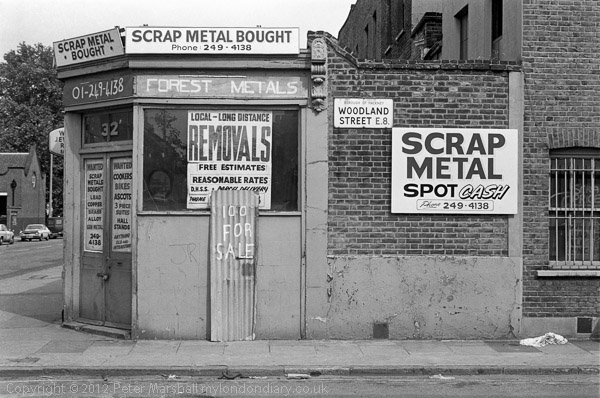
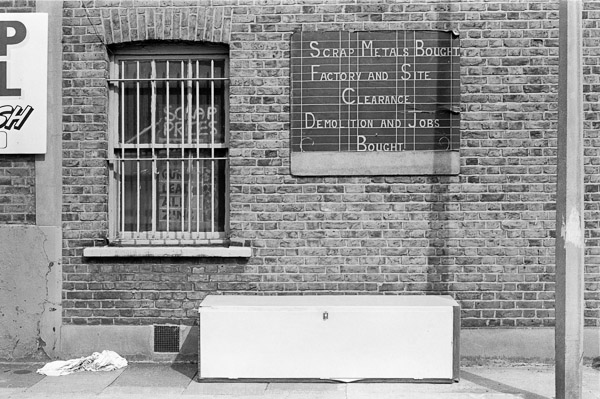
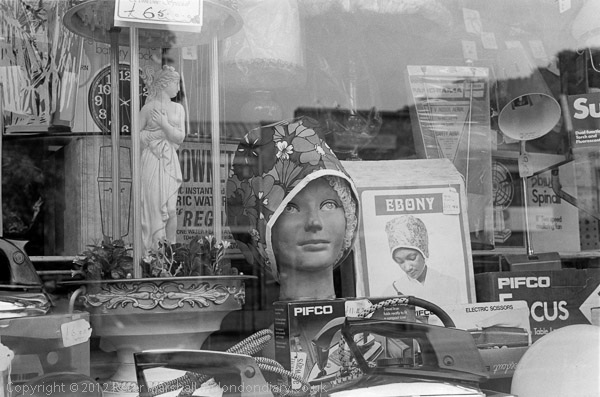
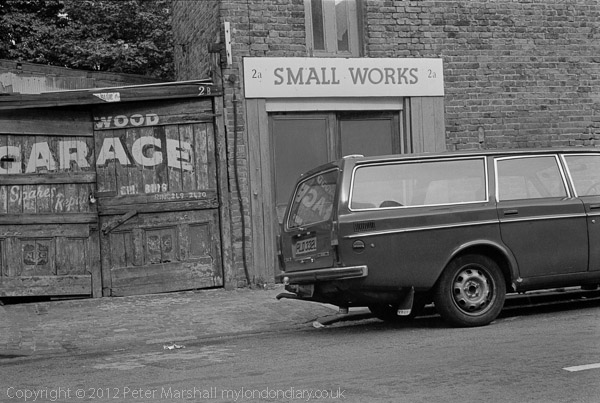
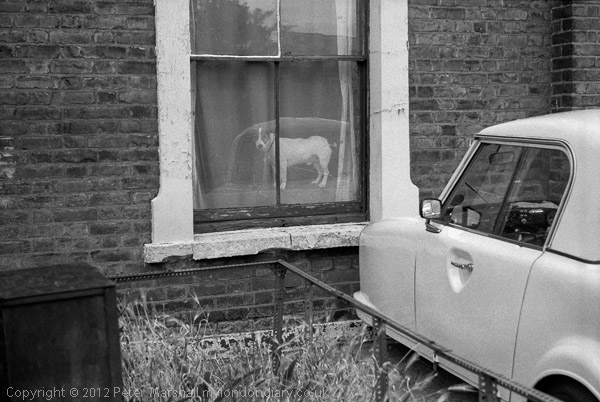
All five pictures were taken in 1979, and all at locations within a fairly short walk of The Russet.
In the book description on Blurb is the following – including a quotation from the French situationist Guy Debord, best known for his ‘Society of the Spectacle‘, influential on many of us involved (if peripherally in Manchester rather than Paris) in the student protests of the sixties, though this comes from another work, and is a fresh translation for my book. The single short passage there – longer than this below, but still only a couple of hundred words – took several days of agonising and consultation with French speakers as well as the expert services of the ‘in house’ translator I married back in those times. Here it is:
London Dérives
ISBN 978-1-909363-08-3
“People well know that there are gloomy quarters and others that are pleasant. But they generally convince themselves that the smart streets give a sense of pleasure and that the poor streets depress, without any nuance. In fact, the the variety of possible combinations of ambiances, like the solution of chemical substances into an infinite number of mixtures leads to feelings as different and as complex as arise from any other form of spectacle. “
Pictures from numerous walks “without goal” through London in the mid 1970s and early 1980s which aimed to capture some of the nuances of that city.
